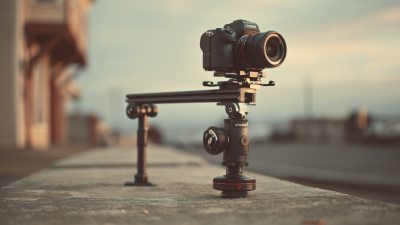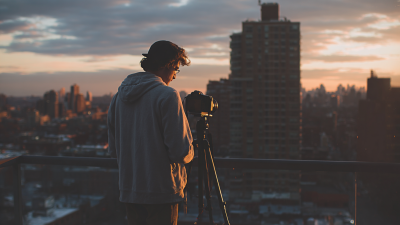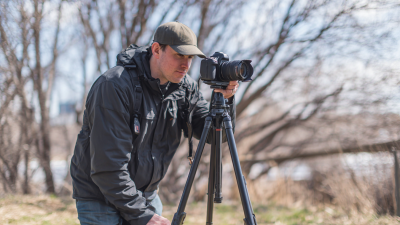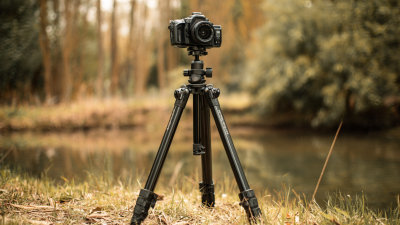When it comes to photography, the importance of a reliable Camera Stand cannot be overstated. According to a recent industry report by the Imaging Resource, nearly 70% of professional photographers identify stability as a critical factor for achieving high-quality images. A well-chosen camera stand not only supports your equipment but also enhances your shooting experience by allowing greater versatility and creativity. With the camera market projected to grow by an estimated 3% annually through 2025, understanding how to select the best camera stand tailored to your photography needs becomes increasingly vital.
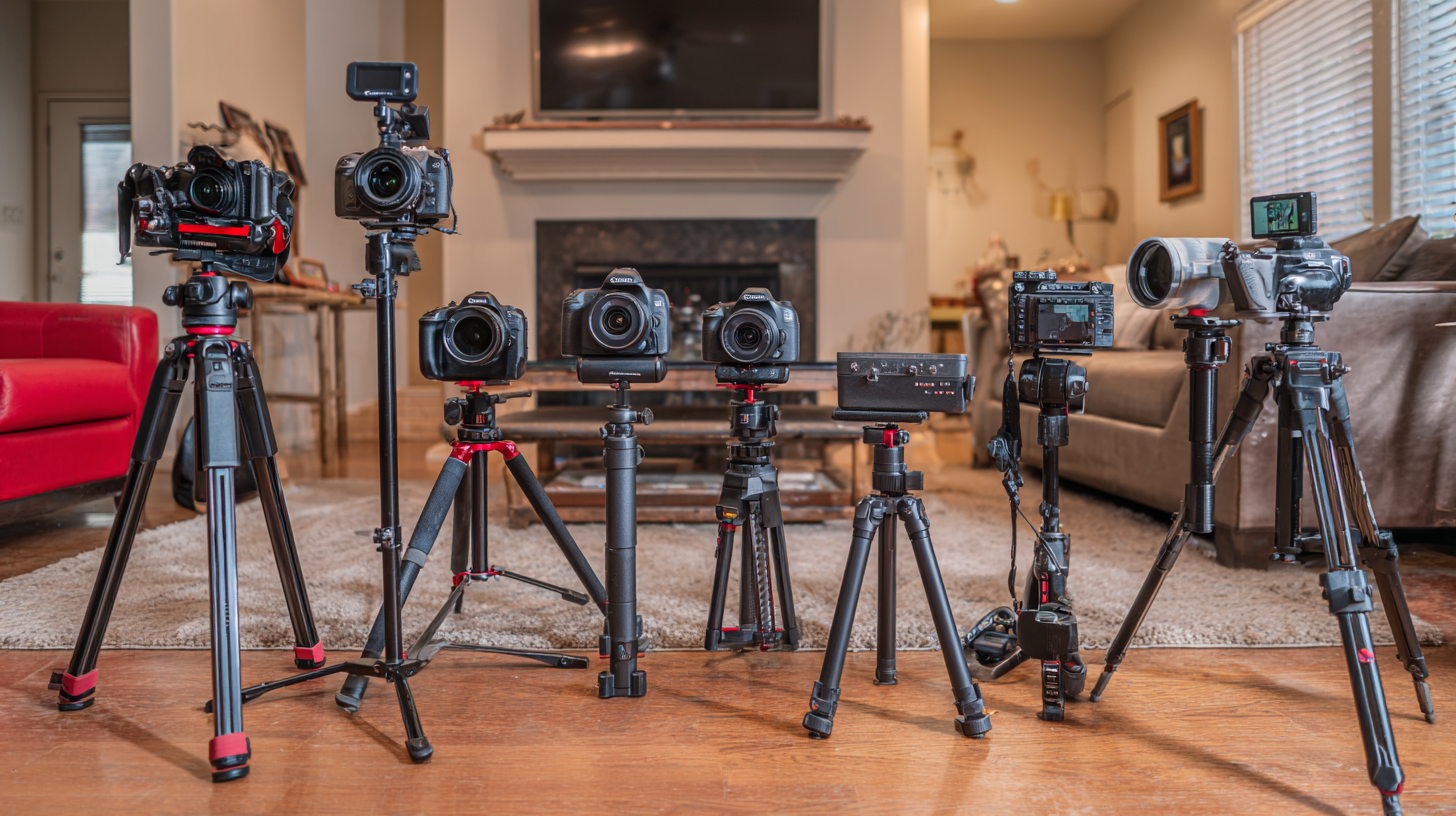
Whether you are an amateur looking to experiment with long exposures or a seasoned professional aiming to capture the perfect landscape, selecting the right camera stand can make a significant difference in your outcomes. This guide will help you navigate the myriad options available and make an informed decision that elevates your photographic pursuits.
When selecting a camera stand, it's essential to understand the different types available: tripods, monopods, and gimbals, as they serve distinct purposes and cater to diverse photography styles. Tripods are the most common choice for photographers seeking stability. They typically consist of three legs, providing a solid base for long exposure shots or landscape photography. With adjustable height and often a quick-release plate, tripods enable versatility and ease of use in various shooting conditions.
On the other hand, monopods are ideal for photographers who require mobility without sacrificing too much stability. Comprising a single leg, they are easier to carry around and can be set up quickly. Monopods are especially beneficial in sports or wildlife photography, where movement is constant, and quick positioning is essential. Lastly, gimbals are specialized stabilizers designed to keep your camera steady while shooting video or capturing action shots. They balance the weight of the camera and compensate for sudden movements, ensuring smooth footage. Choosing the right camera stand depends on your specific needs and shooting style, so consider the advantages each one offers.
When selecting a camera stand, three key features stand out: stability, weight capacity, and portability. Stability is crucial because it ensures that your camera remains steady during shooting, especially in windy conditions or on uneven surfaces. A sturdy tripod can minimize vibrations and help you achieve sharp images, particularly when using long exposure techniques. Opting for a model that offers robust construction yet is lightweight is essential for travel photographers who often work in varying environments.
Weight capacity is another important consideration. Choosing a camera stand with a higher weight capacity than your gear requires gives you the flexibility to upgrade your equipment without needing a new tripod. Many products on the market today support a significant load while remaining compact. Models assessed in recent reviews have proven their durability, with some maintaining stability even with heavier cameras attached.
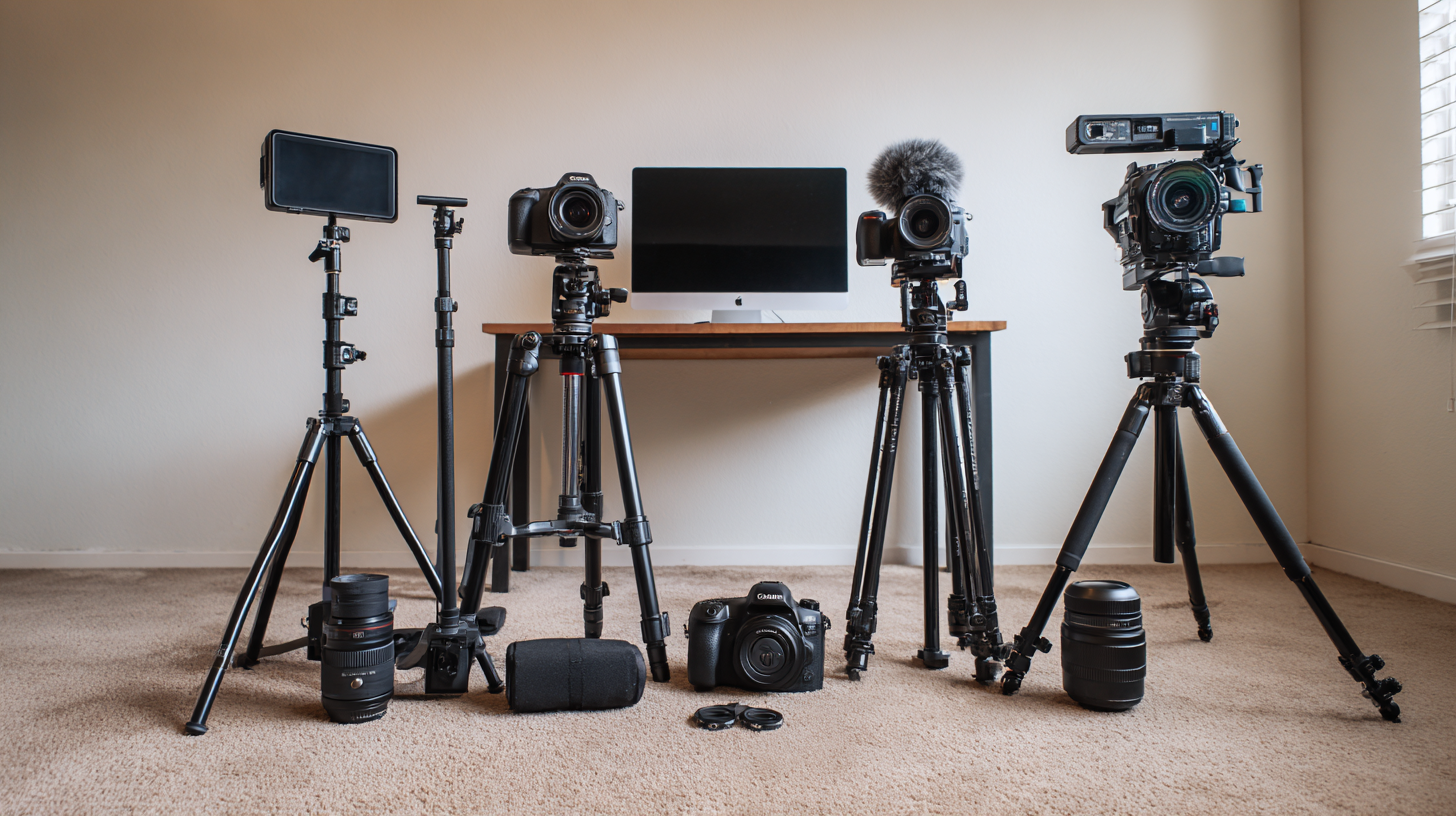
When selecting a camera stand, height adjustability plays a crucial role in catering to various photography styles. Whether you’re capturing sweeping landscapes, intimate portraits, or dynamic action shots, the ability to alter the height of your stand can significantly enhance your creative options. For instance, landscape photographers often require low angles to capture reflections in water or to include foreground elements, while portrait photographers may prefer higher positioning to achieve flattering perspectives. A stand that can be easily adjusted allows photographers to experiment with different viewpoints, ultimately leading to more dynamic and engaging images.
Moreover, height adjustability becomes particularly important in event photography, where the ability to adapt to changing environments is essential. As you move through a crowded venue or an outdoor setting with uneven terrain, being able to raise or lower your camera stand quickly can help you secure the perfect shot without compromising your setup’s stability. Additionally, specialized photography styles like product or macro photography often require precise positioning and may benefit from a stand that can be adjusted for lower heights. Therefore, considering the height adjustability of a camera stand is vital to ensure that it meets the diverse needs of your photography endeavors.
When selecting a camera stand, the choice of material profoundly impacts performance and usability. Aluminum stands are renowned for their durability and strength. They are typically less expensive and offer a good balance between weight and stability. This makes them suitable for various environments, from indoor studio work to outdoor shoots. However, aluminum can be prone to temperature fluctuations, making it less reliable in extreme weather conditions.
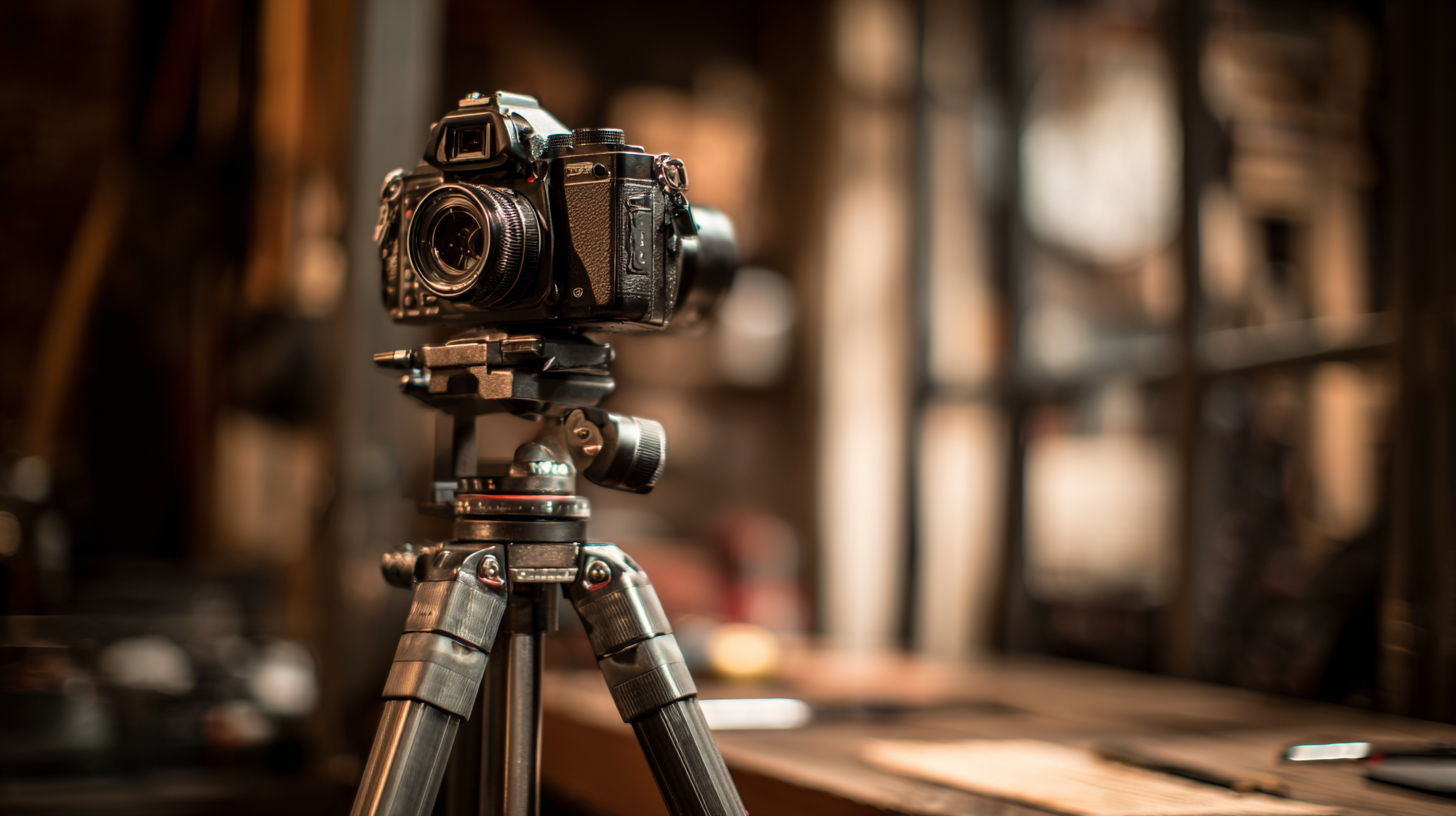
On the other hand, carbon fiber stands are gaining popularity among professional photographers due to their lightweight nature and superior stability. Carbon fiber absorbs vibrations more effectively, resulting in sharper images, particularly in long-exposure scenarios. The material is resistant to corrosion, which is advantageous for outdoor photography, especially near coastal areas or during rainy conditions. However, carbon fiber stands usually come at a higher price point, which can be a consideration for amateur photographers. Evaluating specific photography needs helps determine the right material to enhance shooting experiences and outcomes.
When selecting a camera stand, budgeting plays a critical role in ensuring you get the best value for your investment. It's essential to evaluate how much you can afford without compromising the quality and functionality of the equipment. Consider both initial costs and potential long-term savings. Investing in a slightly more expensive but durable camera stand can save you replacement costs down the line and may enhance your shooting experience significantly.
Additionally, it's important to assess the features that align with your photography needs. For example, lightweight stands might be more affordable, but if you require stability for long exposures, investing in a sturdier model is advisable. The right balance between cost-effectiveness and functionality not only enhances your photography but also strengthens your long-term investment strategy in your equipment portfolio. Current trends in content marketing highlight the significance of data-driven decisions, which can be applied when selecting your gear—ensuring that each purchase meets both your immediate and future photography goals.
| Camera Stand Type | Price Range ($) | Weight Capacity (lbs) | Material | Best For |
|---|---|---|---|---|
| Aluminum Tripod | 50 - 150 | 15 | Aluminum | Travel Photography |
| Carbon Fiber Tripod | 200 - 500 | 30 | Carbon Fiber | Professional Photography |
| Lightweight Mini Tripod | 20 - 50 | 5 | Plastic/Aluminum | Vlogging & Traveling |
| Professional Studio Stand | 100 - 300 | 50 | Metal/Aluminum | Studio Work |
| Heavy-Duty Stand | 150 - 400 | 80 | Steel | Large Cameras & Equipment |
